Tuesday, July 30th, Hearing 56
“We lived with the fear that at any moment they could kill us, too.”
Survivor of the Ixil genocide
In today’s hearing, the Public Prosecutor’s Office presented two pieces of documentary evidence along with the audio recording of a witness’s advance testimony.
The first document, entitled “Guatemala Program Document of Political Assassinations,” was produced by Amnesty International in relation to the Internal Armed Conflict (IAC). The document states that while Benedicto Lucas García was Chief of the General Staff of the Army of Guatemala, during the government of his brother Romeo Lucas García, there were 5 thousand assassinations in the country.
The document also establishes that the bodies of the people captured during this time presented a pattern of torture and death blows, typical of the repressive forces of the state. The document states that the captured people were citizens labeled as “internal enemies” for being union leaders, Indigenous people, teachers, students, and lawyers, to name a few. Furthermore, the document includes testimonies which recount how the army and the police acted to identify, capture, torture, and assassinate these citizens that they considered participants in movements which did not sympathize with the acts of the then-government.
The Public Prosecutor’s Office then presented a document entitled “Report on Human Rights in the Republic of Guatemala” by the Inter-American Commision on Human Rights (IACHR). The document addresses the political system of Guatemala and the laws about human rights in the Guatemalan Constitution, along with all of the international organizations to which Guatemala belongs.
It outlines a timeline of the genocide, of which we highlight the following. In 1966, a state of terror began along with repression of unions, universities, journalists, the church, and campesinos. The military also started an offensive against the guerrillas. In 1968 the Archbishop was captured by the Mano Blanco death squad and the United States ambassador was assassinated. A state of siege started in 1971 and the number of detained and assassinated people increased. International organizations declared a state of emergency and in Guatemala there were protests against electoral fraud and state repression. The government published a list of people wanted by the military and they had to flee the country.
The IACHR document also summarizes the pattern of illegal imprisonment and its complete impunity. It establishes that the constitution guarantees a right to life that was not respected during the time it was written. In relation to the years of the accusation, the document indicates that this period of the IAC saw the proliferation of clandestine cemeteries and the displacement of Ixil people to other regions of the country and Mexico. It also attests that detentions happened in public with witnesses or in homes in front of children, and that assassinated bodies were disfigured with signs of torture. The document re-emphasizes that the right to life and public security were under threat. The IACHR recommended “investigating and penalizing at every level of the law.”
Afterwards, the court heard the advance testimony of Francisco Solís, an Ixil man who was 78 years old at the time of the recording. The military came to his village Pexla Grande four times between 1980 and 1983. The first time, in 1981, they killed five young people. The second time, in January of 1982, Solís fled with two of his daughters while his other daughters stayed in the house with his wife, María Marcos. The soldiers raped his wife and killed his daughters, Ana Solís Marcos (11 years old) and Lucía Solís Marcos (14 years old).
The witness related that the military burned his house, his clothing, his crops, and killed his animals. Mr. Francisco said that after the soldiers withdrew, he returned to the community and, with the other survivors, dug two ditches. They buried the assassinated people in them although they could not do the proper ceremonies for the dead nor go to the hospital out of fear. Mr. Francisco lived in the mountains for more than a year and said: “We lived with the fear that at any moment they could kill us, too.”
Wednesday, July 31st, hearing 57
On this day, the photographer Robert Nickelsberg spoke as a witness from the consulate in New York, USA. Nickelsberg photographed General Manuel Benedicto Lucas García on various occasions in January, 1982 and the images were published in TIME magazine. Nickelsberg stated that he worked in the country as a journalist, documenting the IAC and other political events. In his testimony he described 7 photographs that the Public Prosecutor’s Office displayed, which pictured Lucas García and other military officials. Nickelsberg declared that he had been verbally invited by General Lucas García on an aerial tour of the Ixil area. The journalists Christopher Dickey of The Washington Post and Dey Turgisn of the Los Angeles Times.
Nickelsberg related that the first photograph was taken in the military base of San Juan Cotzal. It shows General Lucas García, the commander of the base, and another military official looking at a map. They may be planning a military strategy, given that the previous night the army had faced the guerrilla forces; various soldiers were wounded and 12 killed.
Nickelsberg explained that he took the second and third photographs at the military base of Santa Cruz del Quiché. The second, taken in a press conference attended by various journalists and military officials, shows the general Lucas García pointing to different military bases on a map. In the third one, he can be seen communicating over radio.
Nickelsberg continued that he took the fourth photograph in January 1982. It shows General Lucas García with the chief of the Quiché military base, Byron Israel Lima Estrada—who was sentenced to prison for the assassination of the Catholic Bishop Juan Gerardi in 1998—standing in front of a blue and white helicopter.
Nickelsberg testified that during the flight he witnessed Lucas García order an official to shoot at a group of civilians on the ground. Nickelsberg recounted that the helicopter leaned to reach at least ten civilians, who ran away upon hearing the gunshots; he added that he was able to see two women who were doing the washing. “The general said, ‘If they flee, it’s because they’re guilty,’” declared the journalist. The scene that he described is captured in the fifth and sixth photos which were presented in court.
About the fifth photograph, he indicated that it shows a military official holding a weapon and that the copilot of the aircraft was general Lucas García. There were also two other military officials present on the flight, which lasted between 20 and 30 minutes. Nickelsberg stated that the soldiers fired on the civilians. In the sixth photograph the witness explained that one can see a military official with a weapon, however, that the person who was shooting was an intelligence officer who can be seen clearly in the background. He stated that two other people (who aren’t visible in the photograph) also shot at the women who were washing. Lucas García gave the order to open fire, said the journalist.
Afterwards, the photographer was questioned about an article in The New York Times written in 2017, titled “Witnessing Dignity Amid Death in Guatemala’s Civil War.” He responded that the reason that the article was published in 2017 was that this was the year in which the publication asked him if he was interested in accompanying his photographs with text. He indicated that when he wrote the article he didn’t know that the general was facing trial.
When the prosecutor questioned the journalist about the use of the term “scorched earth” in the article, he said: “in those times it was common to hear this term when people referred to the situation in Guatemala.”
- Picture 1 by Robert Nickelsberg // Fotografía 1 por Robert Nickelsberg
- Picture 2 by Robert Nickelsberg / Fotografía 2 por Robert Nickelsberg
- Picture 3 by Robert Nickelsberg / Fotografía 3por Robert Nickelsberg
- Picture 4 by Robert Nickelsberg / Fotografía 4por Robert Nickelsberg
- Picture 5 by Robert Nickelsberg / Fotografía 5por Robert Nickelsberg
- Picture 6 by Robert Nickelsberg / / Fotografía 6 por Robert Nickelsberg
- Picture 7 by Robert Nickelsberg / Fotografía 7 por Robert Nickelsberg
Thursday, August 1st, Hearing 58
Marlon García Arriaga, an expert in forensic photography, was presented to confirm a visual survey taken in 1999 of the exhumations carried out at an old military detachment in San Juan Cotzal, in the community of Asich, and in the village of Jaunventau. He testified that two skeletons were exhumed in the clandestine cemetery of San Juan Cotzal, one in Asich, and 16 in Jaunventau. The majority of these skeletons had bullet holes in their skulls, were tied at the hands and feet, and had been thrown into the grave.
Information compiled through direct observation in hearings and from Verdad y Justicia, FGER, and Prensa Comunitaria.

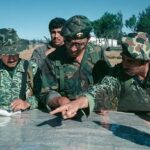
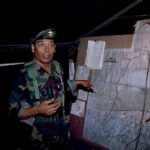
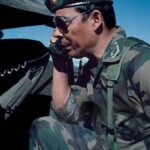
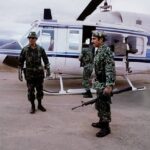
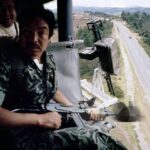
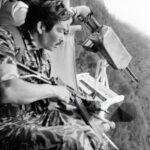
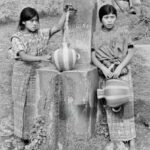
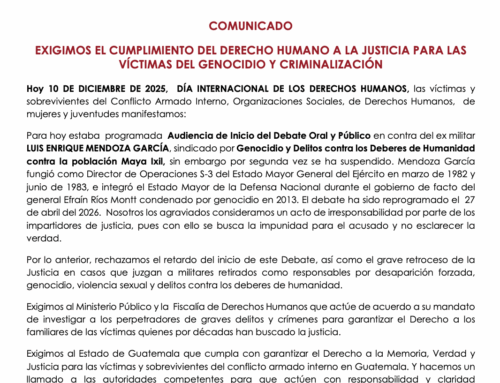
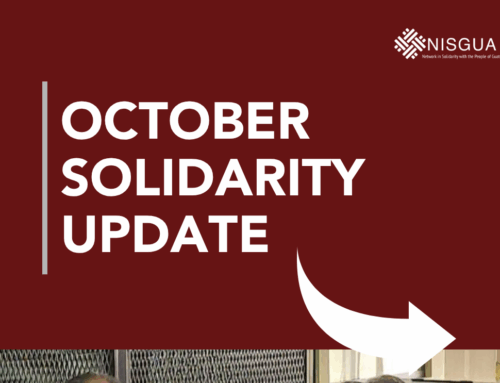
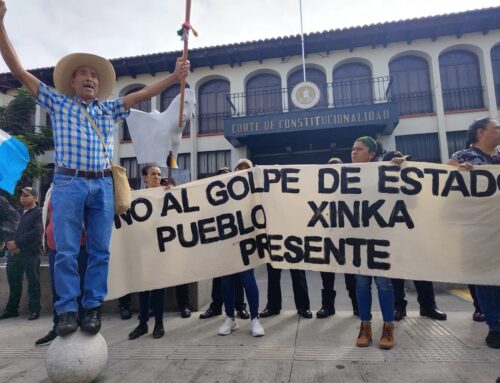
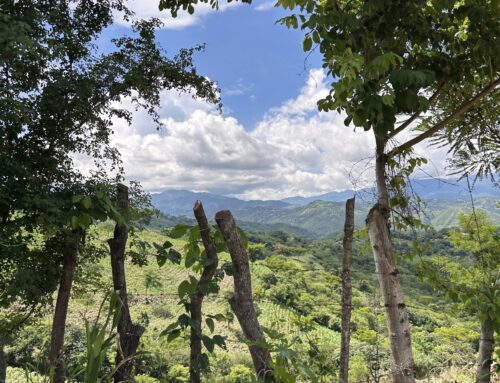
Leave A Comment